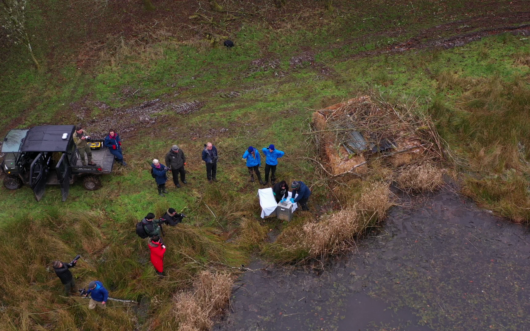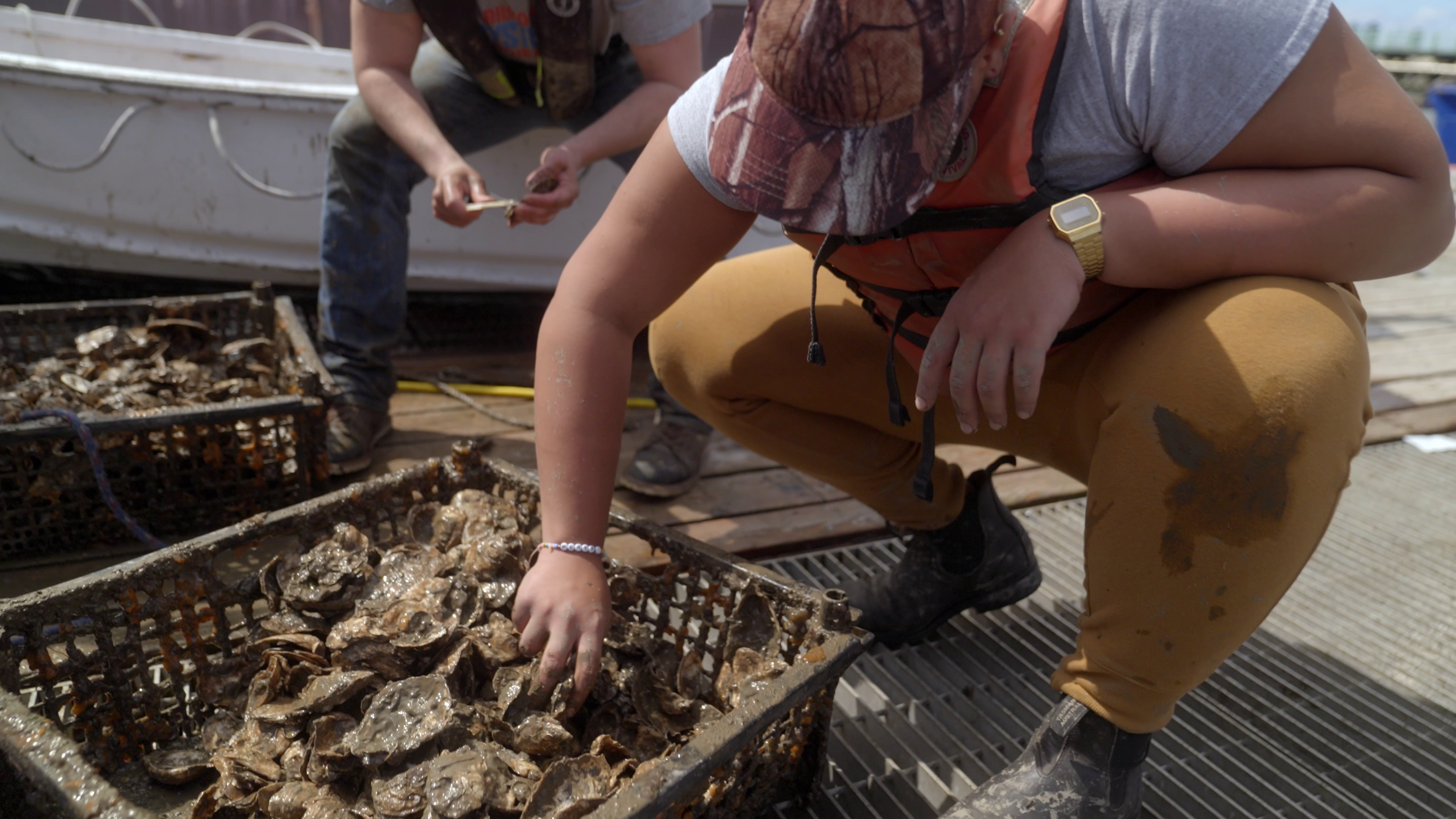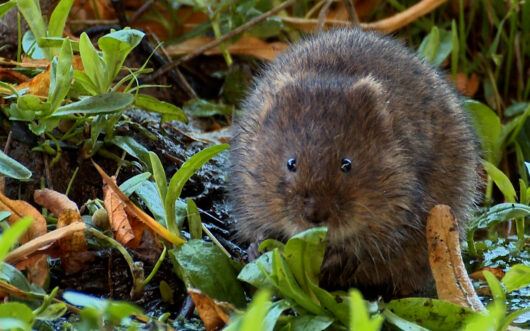Episode 2: Beaver Fever
The verdant British countryside today is a landscape brought to heel: tamed vistas dotted with manicured hedgerows; creeks and streams whose meanders have been straightened; and forests of neatly planted trees. Rewind the clock a few thousand years, and you’d see a very different world. Wildlands home to elk, lynx, wolves, and bears. And wetlands inhabited and shaped by beavers—creatures with an astonishing ability to transform the community around them.
Centuries ago, Eurasian beavers were driven extinct—in Britain, at least. But now these preeminent ecosystem engineers are back—charming many Britons, perturbing others, and all the while stimulating a healthy debate about whether the island nation is ready to embrace a wilder future.
Scientists have found that the ponds, braided streams, and wetlands created by the beaver dams have a dramatic effect on the landscape itself. “Little did we know what profound change we would observe,” says Richard Brazier, an ecologist at the University of Exeter. The new waterworks act like a giant sponge during torrential rains—absorbing water that would otherwise rush directly downstream. One village just below a beaver dam suffered from flooding for decades before the beavers arrived but hasn’t had a single flood since.
Frequently Asked Questions
Are beavers in the UK the same as beavers in the United States?
They are closely related, but the Eurasian Beaver and the North American Beaver are different species.
Are beaver reintroductions happening elsewhere around the globe?
The successful reintroduction of beavers and the restoration of wetlands is truly a global endeavor. There is a long history in the United States of wetlands being destroyed and beavers being relocated, but in recent decades, there has been significant progress made to reverse those changes and restore wetland habitat where beavers can thrive.
Related Content
Become a Wild Hoper


